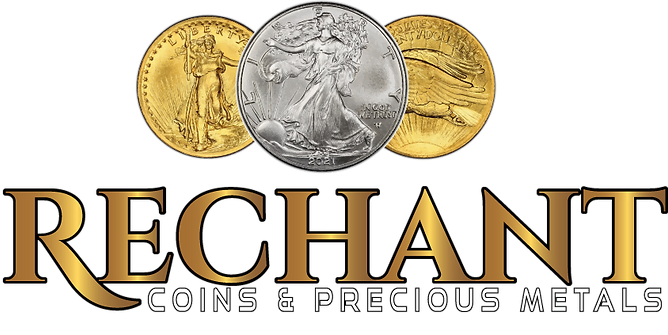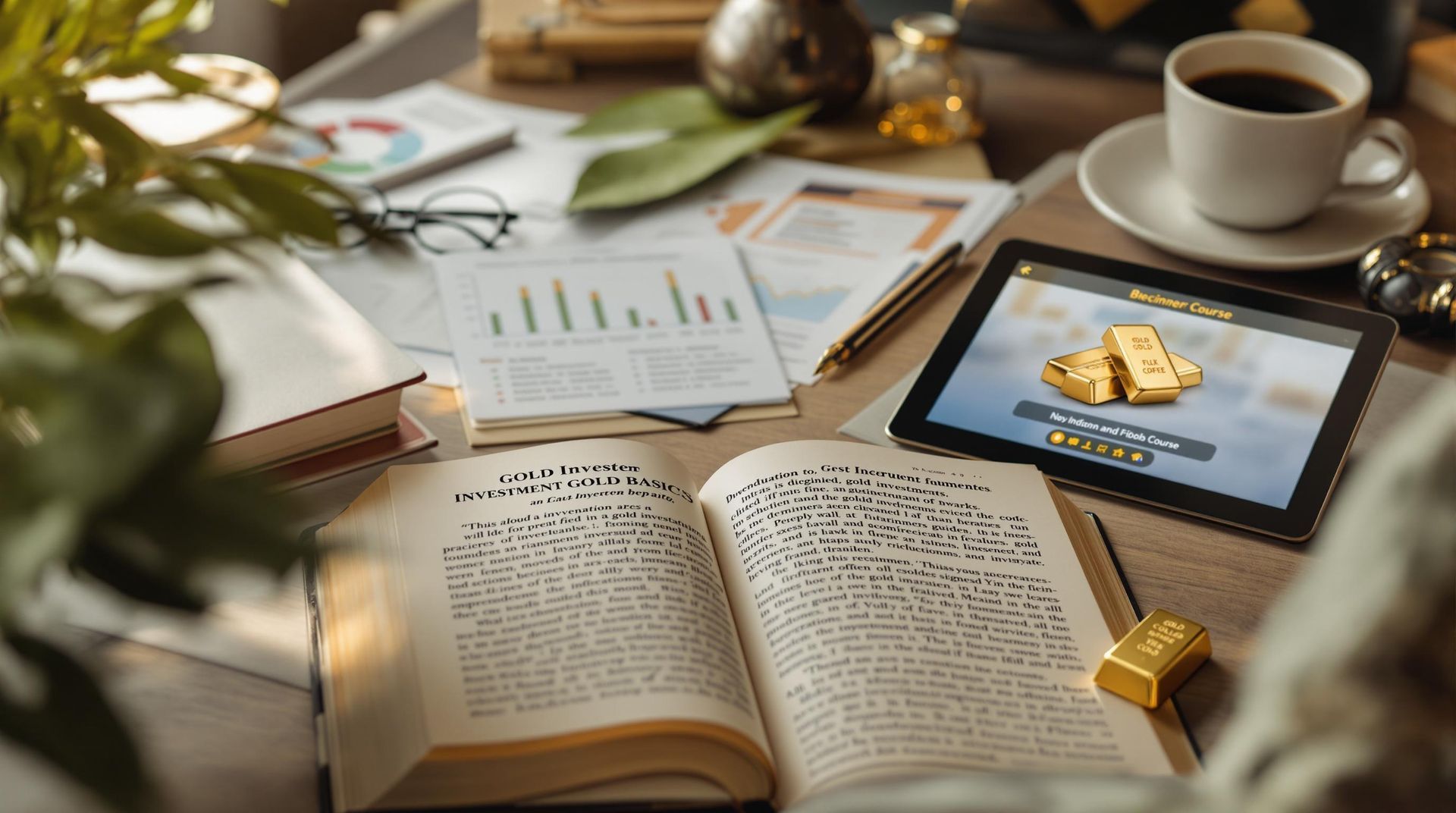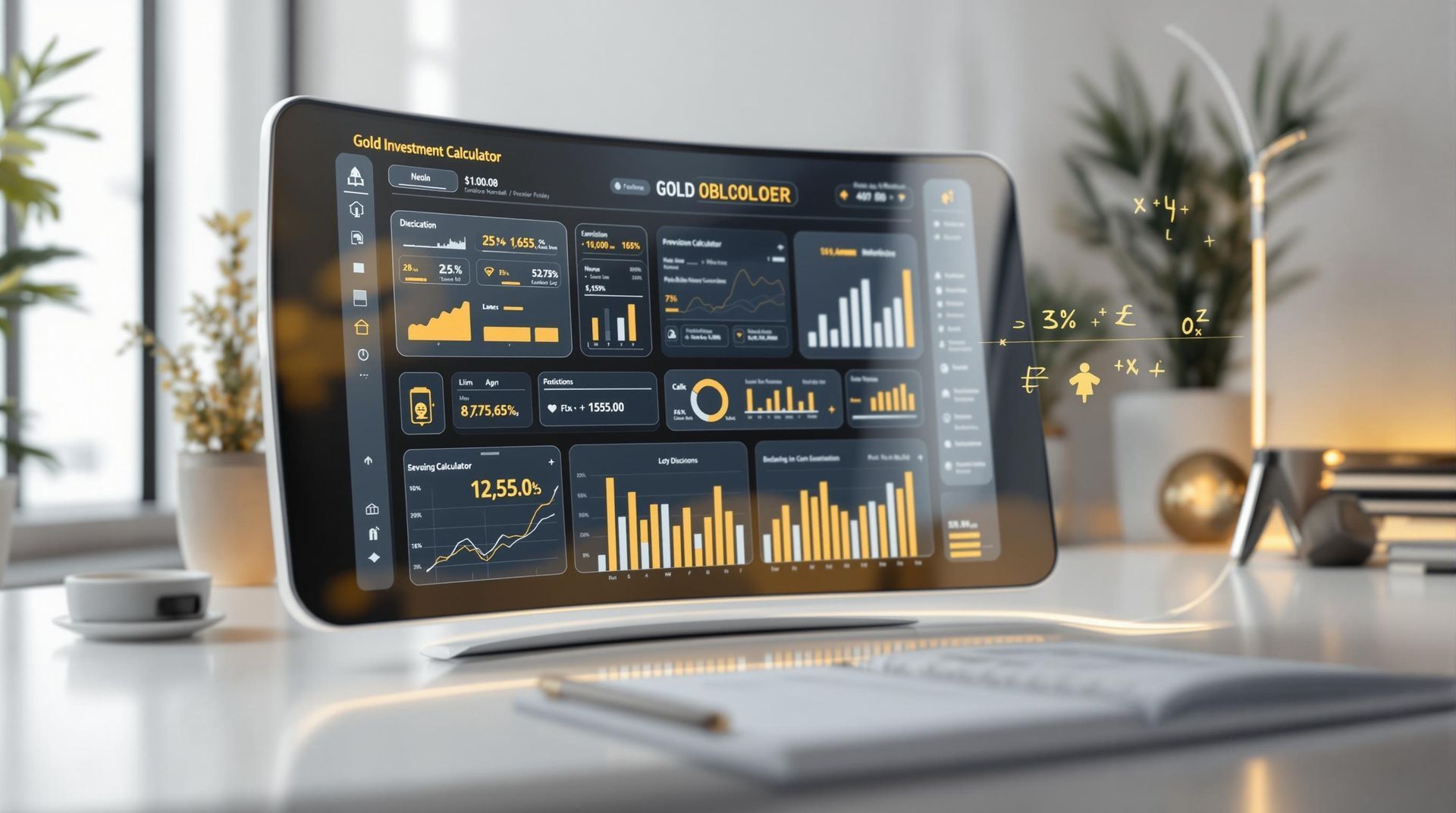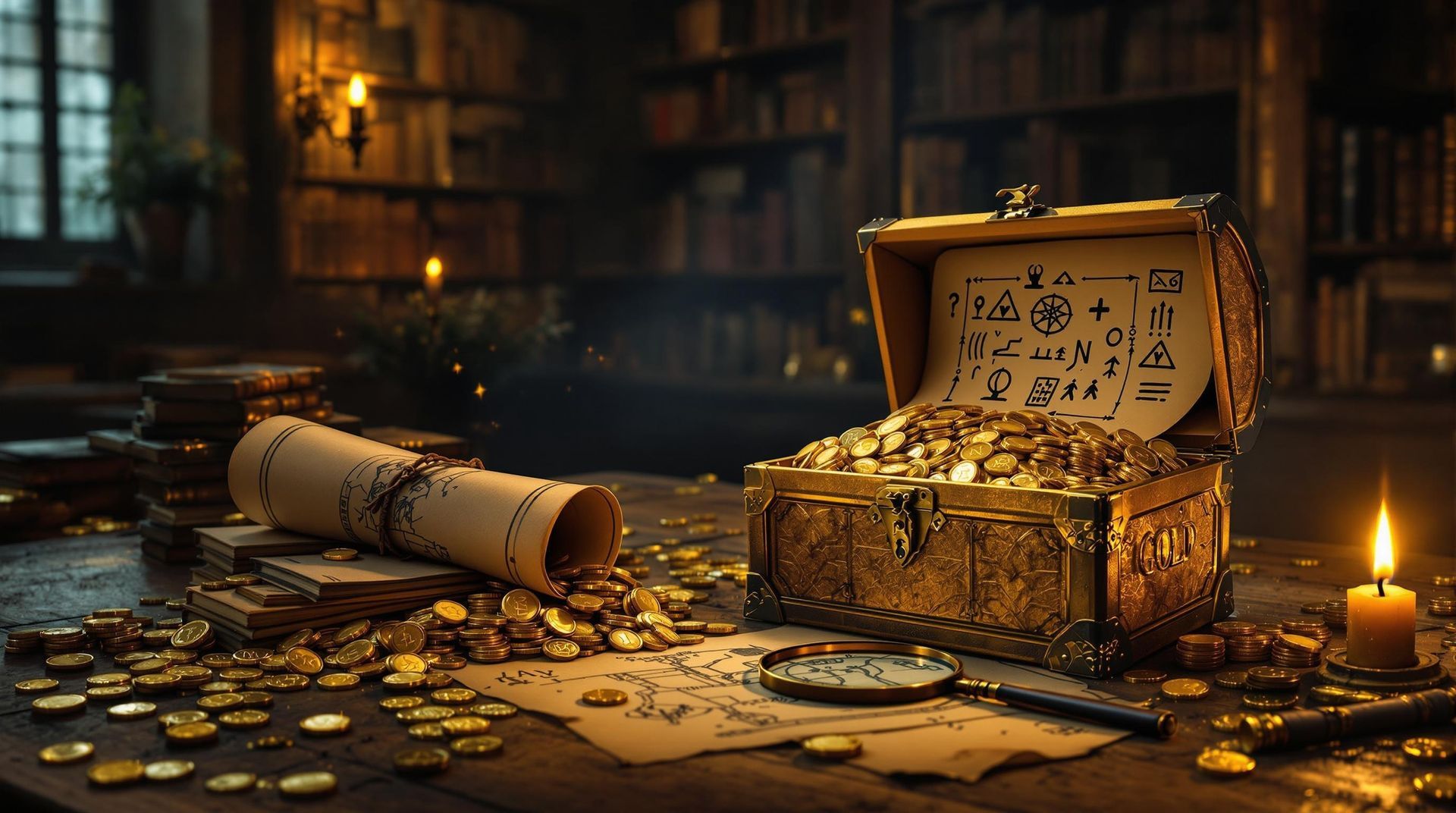US Mint History Coinage and Production
The emergence of the United States Mint was a decisive step towards the establishment of economic independence for a young nation. Set in motion by the Coinage Act of 1792, this critical development aimed to unify currency across the burgeoning states.
It was a transformative move to standardize monetary systems, shifting from a reliance on barter and a mixture of foreign monies to a distinctly American framework.
The fluctuating early economy underscored the necessity of a consistent national coinage, drawing inspiration from European models, which, in turn, influenced the American approach.
With the nation's financial landscape taking form, figures such as Alexander Hamilton and Thomas Jefferson played instrumental roles. Their insights and advocacy were fundamental in shaping the history of coin production in the U. S. , steering the conversation towards the rich history of the U. S.
Coin production, from the minting of ancient coins to the circulation of modern coinage, reflects a deep appreciation for the evolution of coinage through time.
Ancient Beginnings of Coinage
The dawn of sophisticated commerce demanded an invention that would reshape economies forever. As societies evolved, so too did their systems of trade, culminating in an era where the first breath of currency was drawn.
In the cradle of civilization, the earliest standardized trade mediums emerged not as coins but as tokens made of clay, metal, and assorted materials.
These rudimentary objects signified a pivotal shift in economic practices, transitioning from tangible commodity exchanges to recognized units of commerce.
Transitioning from these tokens, the fabrication of the first coins became possible due to the discovery and valuation of metals, particularly gold and silver. Civilizations came to understand the inherent worth of such materials, paving the way for an innovative monetary system underscored by the minting of ancient coins. Ancient authorities played a key role in this transformation, decreeing standard weights and measures to guarantee the uniformity of these newly minted currencies, such as the first coins made of electrum, a blend of gold and silver, which ancient Greek states produced with an elaborate design on the obverse and a simple punch mark on the reverse.
Evolution of Minting Techniques
The narrative of shaping currency stretches back through time, deeply rooted in the annals of early civilizations. Originating in the realm of Lydia, the initial currency employed a distinctive alloy of silver and gold known as electrum, marking the dawn of legal tender.
This innovative amalgamation set a precedent, paving the way for a vast array of denominations that mirrored the economic and technological advances of their times.
Subsequent eras, notably the Classical and Medieval periods, witnessed a transformative leap in coin production.
The advent of the screw press was a pivotal moment, transitioning from the painstaking process of hand-hammering to a more streamlined and uniform mechanization of coin striking. This pivotal change didn't just redefine the appearance of coins; it facilitated their swift circulation amidst the growing complexities of regional economies. When the Coinage Act of 1792 was enacted, it signified a defining moment in the U. S.
Numismatic history, establishing a standard alloy for coin production and introducing denominations in silver, gold, and nickel as legal tender for circulating coin.
Key Historical Points in Currency Development
- The earliest known currency originated in Lydia, utilizing an alloy of silver and gold called electrum.
- Coin production evolved significantly with the invention of the screw press, leading to more consistent and efficiently produced coins.
- The Coinage Act of 1792 was a landmark in U. S. history, standardizing coin alloys and introducing a variety of denominations.
Denominations and Materials
Throughout history, monetary systems have experienced profound changes, progressing from the simple exchange of goods to complex financial infrastructures. The genesis of standardized money marks a critical juncture in the annals of human progress, characterized by the establishment of uniform currency units.
This was epitomized by the groundbreaking introduction of gold and silver coins during the reign of King Croesus in ancient Lydia, setting a foundational standard for economic trade.
In studying the wide spectrum of monetary denominations, it becomes evident why various civilizations felt compelled to create different units of currency.
These increments met the dynamic needs of economies, facilitating transactions of all sizes, precluding the need to physically alter a coin for smaller purchases. Delving deeper, we discern the nuances between the nominal and intrinsic worth of currency. The nominal, or face value, denotes the recognized rate at which goods are traded, whereas the intrinsic value is often tied to the material from which coins were produced, such as gold and silver, which have historically held their worth from ancient times with Lydian minted coins under Croesus to foreign coins collected by numismatists seeking to learn about the history of currency.
Notable Coins in History
Since time immemorial, the evolution of monetary systems has been marked by various groundbreaking strides in the way currency has been crafted and conceived. The earliest coins emerged in Lydia, around the 7th century BC, where an ingenious amalgamation of silver and gold gave birth to electrum coinage.
This particular milestone heralded the beginning of what would become national coinage systems across the world.
Following the innovative Lydian initiation into cast coinage, the Greek drachma swiftly dominated the 5th-century monetary domain, becoming synonymous with the ancient Greek civilization.
The iconic owl, etched upon these early coins, was not only a symbol of wisdom but also an emblem of economic and cultural might.
Simultaneously, as Greece was leaving its mark, Sicily embarked on crafting its own unique currency
Numismatic Discoveries
The quest for understanding our past often leads us to unearth the currencies that once shaped economies and societies across the globe. Central to this pursuit is numismatics, which encompasses the study and collection of various forms of money, from antiquated coins to banknotes, medals, and other monetary artifacts.
These discoveries shed light on the intricate connections between the financial systems of our ancestors and the broader context of their lives, revealing the dynamics of trade, politics, and culture throughout history.
Significant strides in this field include uncovering the earliest known coins, which hailed from the ancient realm of Lydia near 600 BCE.
These first coins were made of electrum, their composition naturally combining silver and gold, and they marked a pivotal shift from primitive trade practices to a uniform system of commerce.
Archaeological findings consistently alter the framework of our monetary heritage. Aegina, an island where some of the first coins were made, issued silver and gold coins with inscriptions, and its archaeological findings include electrum coins, influencing coin designs and the passage of the Coinage Act that allowed certain foreign coins to establish external links through trade.
Legal Tender Over Time
Human creativity has carved an impressive path through the pages of commerce, transforming the way we perceive value and transact with one another. This narrative unfolds with early traders, who, centuries before the dawn of complex market systems, depended on the rudimentary practice of barter to conduct their business dealings.
The pursuit of increased efficiency gave rise to the production of coins, revolutionizing the commercial landscape and laying the groundwork for modern monetary systems.
These frameworks became the cornerstone of thriving economies, facilitating a degree of intricacy and growth unattainable by bartering alone.
The advent of coinage marked a major turning point in commercial history. The first circulating coins made their debut in Lydia around 600 B.C.
Notably, they bore stamped imagery and significant silver content, which assured their intrinsic value and cultivated confidence among their users. With the Spanish milled dollar, a later example of the first circulating coins, the production adhered to a standard silver content, influencing coins already in circulation and informing the mint marks on bullion coins produced under the guidance of George Washington, as detailed on the government's website dedicated to the history of incuse and other coinage designs.
| Historical Milestone | Significance | Example |
|---|---|---|
| Barter System | Foundation of early trade | Goods exchanged for goods |
| Introduction of Coinage | Standardized commerce and value | First coins in Lydia, 600 B. C. |
| Standard Silver Content | Assured intrinsic value of coins | Spanish milled dollar |
| Mint Marks on Coins | Regulation and uniformity in coin production | Bullion coins under George Washington |
The U. S. Mints Journey
Embarking on a narrative that charts the evolution of currency production, the annals of the United States Mint offer a fascinating glimpse into America's economic heritage.
Established by the Coinage Act of 1792, this institution began as a humble operation, underscoring the young nation's dedication to a unified monetary system.
Over the course of centuries, this governmental body has undergone a transformation, driven by major advancements in technology, transitioning from the simple hand-stamped coins of its early days to the complex, high-speed production lines of the modern era.
The artistry of coin manufacturing, which turns unrefined ingots into the currency that clinks in our pockets, stands as a celebration of the refined metalworking techniques that have developed incrementally throughout the United States' history. In its embryonic stages, the Mint utilized pure gold and pure silver, creating coins that were revered across the ancient world, as this bimetallic mixture was first used in the first millennium, resulting in a production where each dozen coins embodied the wealth of the era and the mint delivered a promise of value with each silver dollar.
Collecting and Investing in Coins
Diving into the world of rare currencies provides a unique blend of historical enrichment and the chance for economic gain.
Understanding the Market Dynamics
As enthusiasts navigate the nuanced terrain of numismatics, it's crucial to analyze how shifts in collector communities and broader economic trends influence the value and desirability of precious coins.
Wise investors observe the ratio of gold to other metals in specific pieces, as this can affect future liquidity and desirability.
Strategies for Successful Acquisitions
To acquire authentic numismatic wonders, one must refine their approach to sourcing and recognize the immense impact of a coin's condition and scarcity.
An item's provenance, potentially tracing back to depositors such as banks from historic periods, can exponentially increase its worth. Safeguarding assets for depositors such as banks and individuals alike, from the first silver coins attributed to Pheidon of Argos to the mythical touch of King Midas, requires a detailed understanding of the naturally occurring alloy, strict protocols by an official government organization, and a system that does not share sensitive information, all while maintaining an accurate ratio of gold in each piece of metal.
Key Insights on Rare Currency Collecting
- The numismatic market is influenced by the historical significance and rarity of coins, which can affect their value over time.
- Coins with a higher gold content are often more sought after, which can make them more liquid and desirable investments.
- The condition of a coin, including its mint state and preservation, plays a critical role in determining its market value.
- Provenance, or the history of ownership, can add to a coin's value, especially if linked to significant historical figures or events.
Browse Our Website
Contact Information
Phone:
Email:
Address:
1825 Forest Hill Blvd Suite 102 West Palm Beach FL 33406










